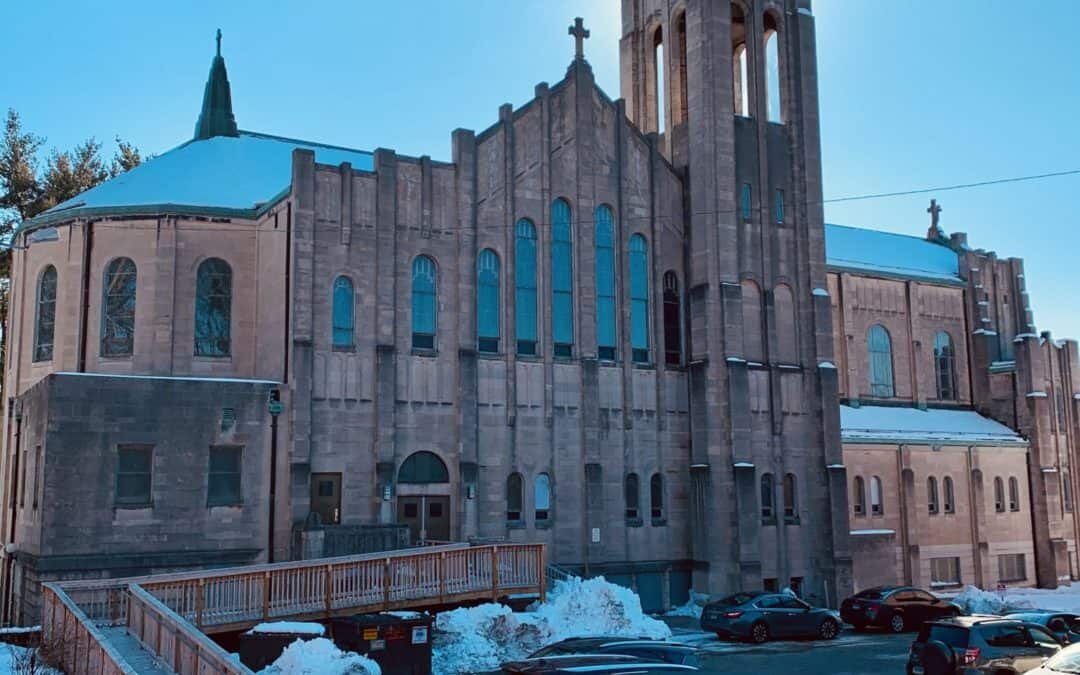Preservation Connecticut: New Name, Growing Agenda Ahead
/Some things change, some stay the same. The Connecticut Trust for Historic Preservation has adopted a new name and a new logo to launch with the start of the new year, as plans proceed for engaging programs and continued advocacy work. Beginning January 1, 2020, the organization will be known as Preservation Connecticut.
Officials explain that the decision “emerges from a thoughtful process that defines our work as a vital, forward-looking priority, not just an exercise in nostalgia. At the same time, we strongly believe that best way to be forward-looking is to be thoroughly grounded in history, to embrace the best in our past.”
The goal remains unchanged: “to preserve historic places for people. Historic buildings and sites reflect our state’s pride, diversity, experiences, and shared stories. Preserving them makes a valuable contribution to Connecticut’s ongoing life—by fostering healthy communities, creating affordable housing, boosting economic and business development, and offering sustainable alternatives to new construction.”
The logo, selected after “considerable thought” is intended to carry the organization into the future.
The year will start quickly, with a January 24 conference Historic & Green: A New Climate Agenda to be held at UConn Law School in Hartford, co-sponsored by Preservation Connecticut and the State Historic Preservation Office. The aim is to craft a statewide policy agenda that recognizes preservation as a fundamental environmental value.
Why the conference?
“Historic preservation is, at its core, an exercise in sustainability,” officials point out, noting that buildings built before the 1950s are more energy-efficient than those built later, as many use renewable materials, including wood and brick.
“When properly maintained, historic buildings can last much longer than today’s buildings. Moreover, maintaining existing structures avoids the environmental costs of replacing them,” officials stressed. The also cite two additional reasons:
Beyond individual buildings, historic neighborhoods embody the goals of sustainability through their high-density populations, walkability, and proximity to transit systems.
Promoting historic neighborhoods makes for sound environmental policy.
Despite their environmental benefits, according to officials, Connecticut’s historic places face unprecedented threats, primarily from climate change and needless demolition. “Preservationists must build consensus for changes to law and policy that protect historic places in service of environmental goals.”
Also on the program agenda for early next year is Saving Faith: Preserving Historic Black Churches in the 21st Century, a workshop to be held in April at the Wadsworth Atheneum in Hartford.
A partnership between Preservation Connecticut and the Amistad Center for Art and Culture, the program will provide an opportunity for congregants and preservationists to have a robust discussion of the challenges and opportunities facing these historic sites.
For African Americans, churches have been not only places of worship, but also community centers and leaders in the struggle for equality and justice, Preservation Connecticut points out in describing the upcoming session. “The buildings they occupy, whether purpose-built or acquired from other faith groups, are the physical embodiment of key chapters in African American history.”
Officials note that “many Black congregations feel themselves challenged by the difficult choice of spending scarce funds on their mission or making capital investments in their older, often historic, buildings. Yet the lesson told by history is that those buildings can serve as agents of mission—bases from which to serve their communities, facilities for diverse ministries, brick-and-mortar testimonies to the faith and ongoing engagement of their occupants.”
The discussion of these issues - and some of the resources available for historic churches – is to include Frank Mitchell, Ph. D., Executive Director, Amistad Center; the Rev. Stephen W.Camp, Senior Pastor, Faith Congregational Church, Hartford; Elder Robert W. Kinney, Senior Pastor, Mount Hope Temple, New Haven; Gianfranco Grande, Executive Vice President of the Partners for Sacred Places; and Jane Montanaro, Executive Director, Preservation Connecticut.
Protecting threatened historic places is at the heart of the Connecticut Trust’s mission. The organization has, through its history, supported preservation efforts in all of Connecticut’s 169 towns, leading the “conversation on statewide policies promoting and protecting historic places and work in partnership with organizations, communities, and individuals across the state fighting to ensure the survival of historic places for future generations.’
































